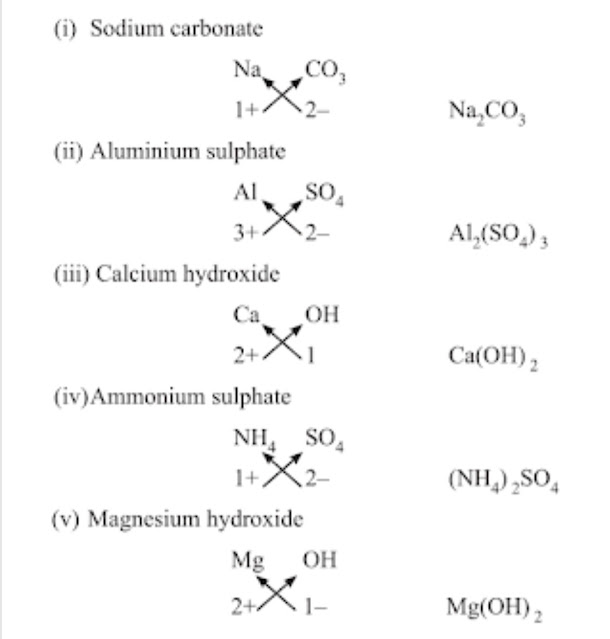Class 9 Science Notes
Chapter 7 Diversity In Living Organisms
Introduction
→ All living organism are grouped on the basis of their similarities and increasing complexities into different complexities.
→ Biodiversity means the variety of living organisms present on a particular region.
→ There are about 20 lac organisms known on the earth which differ from one another in external form, internal structure, mode of nutrition, habitat, etc.
• Taxonomy: It is a branch of biology which deals with identification, nomenclature and classification of organisms. Carolus Lannaeus is called the father of taxonomy.
Classification
→ The method of arranging organisms into groups or sets on the basis of similarities and differences is called classification.
Importance of Classification
→ It makes the study of wide variety of organisms easy and in systematic manner.
→ It helps to understand how the different organisms have evolved withtime.
→ It helps to understand the inter-relationships among different groups of organisms.
→ It forms a base for the study of other biological sciences, like biogeography.
Basis of Classification
→ There are certain features or properties used for the classification of living organisms which are known as characteristics.
→ Organisms with same characteristics are placed in same groups.
Classification System
• Two kingdom classification: Carolus Linnaeus in 1758 classified the living organisms into two groups as plants and animals.
• Five kingdom classification: H. Whittaker in 1959 further classified the organisms into five kingdoms as Kingdom Monera, Kingdom Protista, Kingdom Fungi, Kingdom Plantae and Kingdom Animalia.
→ Carl Woese in 1977 further divided Kingdom Monera into archaebacteria (or Archae) and Eubacteria (or Bacteria).
• Hierarchy of Classification: Linnaeus proposed a classification system by arranging organisms into taxonomic groups at different levels according to the characteristics they have.
Groups or Levels from top to bottom
→ The major characteristics considered for classifying all organisms into five major kingdoms.
• Type of cellular organization
(i) Prokaryotic cells: These are primitive and incomplete cells without well-defined nucleus.
(ii) Eukaryotic cells: These are advanced and complete cells with well-defined nucleus.
• Body organization
(i) Unicellular organisms: These are organisms made up of single cell with all activities performed by the single cell.
(ii) Multicellular organisms: These are organisms made up of large number of cells with different functions performed by different cells.
• Mode of obtaining food
(i) Autotrophs: These are the organisms that make their own food by photosynthesis.
(ii) Heterotrophs: These are the organisms which depend on other organisms for food.
Five Kingdom Classification
R. H. Whittaker taxonomist was the first one to propose five kingdom classification.
Monera
(i) Type: Unicellular Prokaryotic
(ii) Mode of nutrition: Autotrophic or heterotrophic
(iii) Body: Lack well-defined nucleus and cell organelles
(iv) Examples: Bacteria, Blue-green algae
Protista
(i) Type: Unicellular Eukaryotic
(ii) Mode of nutrition: Autotrophic or Heterotrophic
(iii) Body: Some organisms use pseudopodia or cilia or flagella for movement
(iv) Examples: Amoeba, Paramecium, Euglena
Fungi
(i) Type: Multicellular Non-green Eukaryotic
(ii) Mode of nutrition: Saprophytic or Parasitic Sometimes symbiotic
(iii) Body: Fungus is made up of long filaments called hyphae. The network of hyphae is mycelium.
(iv) Examples: Yeast, Rhiozpus, Mushrooms moulds
Animalia
(i) Type: Multicellular Eukaryotic
(ii) Mode of nutrition: Heterotrophic
(iii) Body: Exhibits high level of tissue differentiation and have specialized body organs. They have well developed nervous system.
(iv) Examples: Fish, Insects, Animals, Humans, Birds
Kingdom I: Monera
(i) Prokaryotic, unicellular.
(ii) Can be autotrophs or heterotrophs.(iii) May or may not have cell wall.
(iv) Examples: Anabaena and Bacteria (heterotrophic), Cyano-bacteria or Blue-green algae (autotrophic).
Kingdom II: Protista


.jpeg)













.jpeg)
.jpeg)
